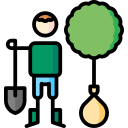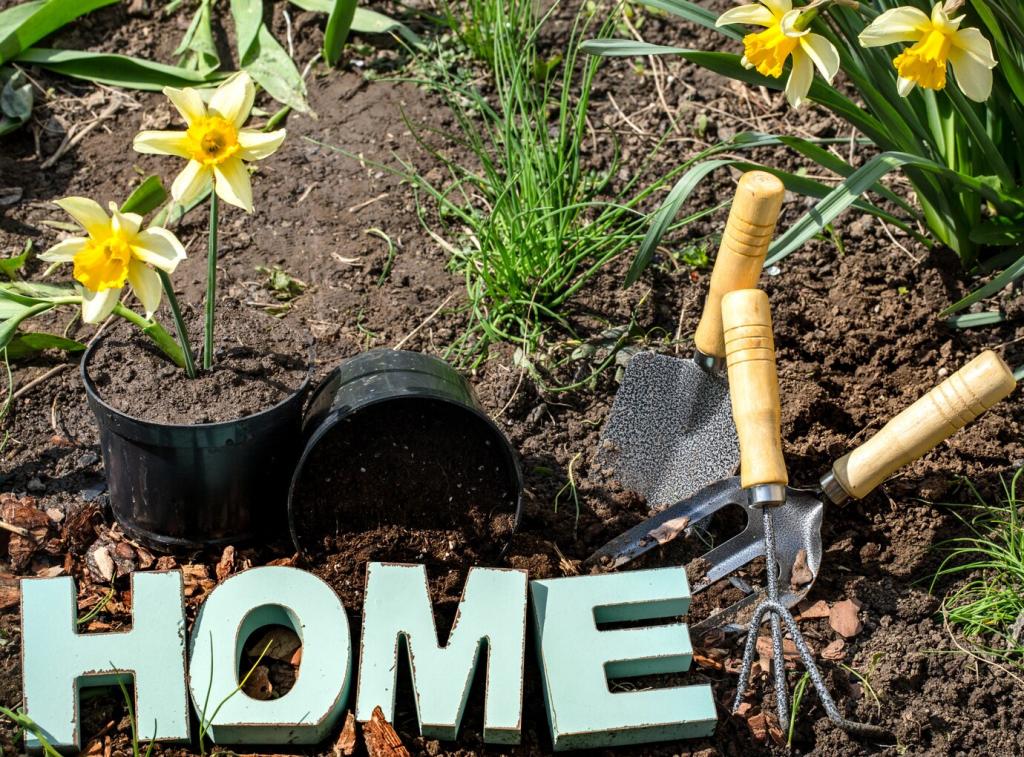
Indoor Gardening Essentials for Newbies
Welcome to the world of indoor gardening, the perfect way to bring life, color, and fresh air into your home. Whether you have a green thumb or are just starting out, understanding the essentials can ensure a rewarding experience. This page is designed to guide new indoor gardeners through fundamental concepts, useful setups, and tips for cultivating thriving plants within your living space.
Previous
Next
Choosing the Right Plants
It’s essential first to evaluate the natural light your indoor space receives throughout the day. South-facing windows usually provide abundant light, whereas north-facing ones may offer less. Some plants flourish in bright, direct sunlight, while others are adapted to thrive in lower-light conditions. Understanding your light availability will help you choose plants like succulents for sunny spots or snake plants for dimmer corners. Being aware of your environment prevents mismatches between plant needs and the home ecosystem, fostering healthier and happier plants.
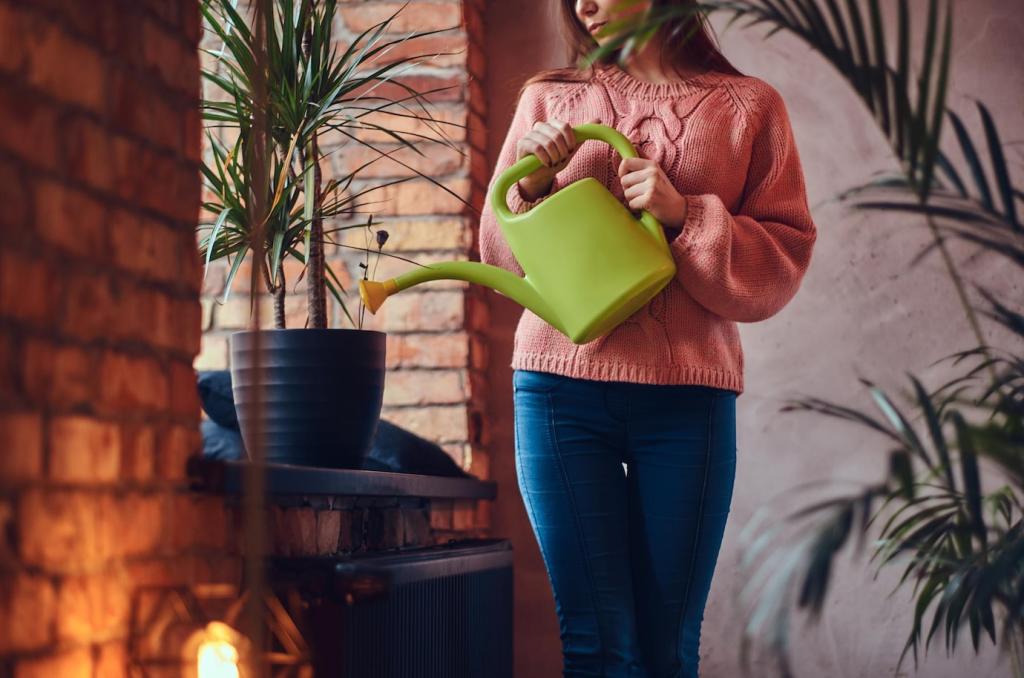
Selecting Containers and Pots
Container choice isn’t just about aesthetics; it has a significant impact on plant health. Proper drainage is crucial, so choose containers with holes at the bottom to allow excess water to escape. The size of the pot also matters—too small, and roots become crowded; too large, and soil can stay wet, risking rot. Materials like ceramic, clay, or plastic each have their pros and cons in terms of moisture retention and weight. Start with classic, well-draining containers and upgrade as your indoor garden grows.
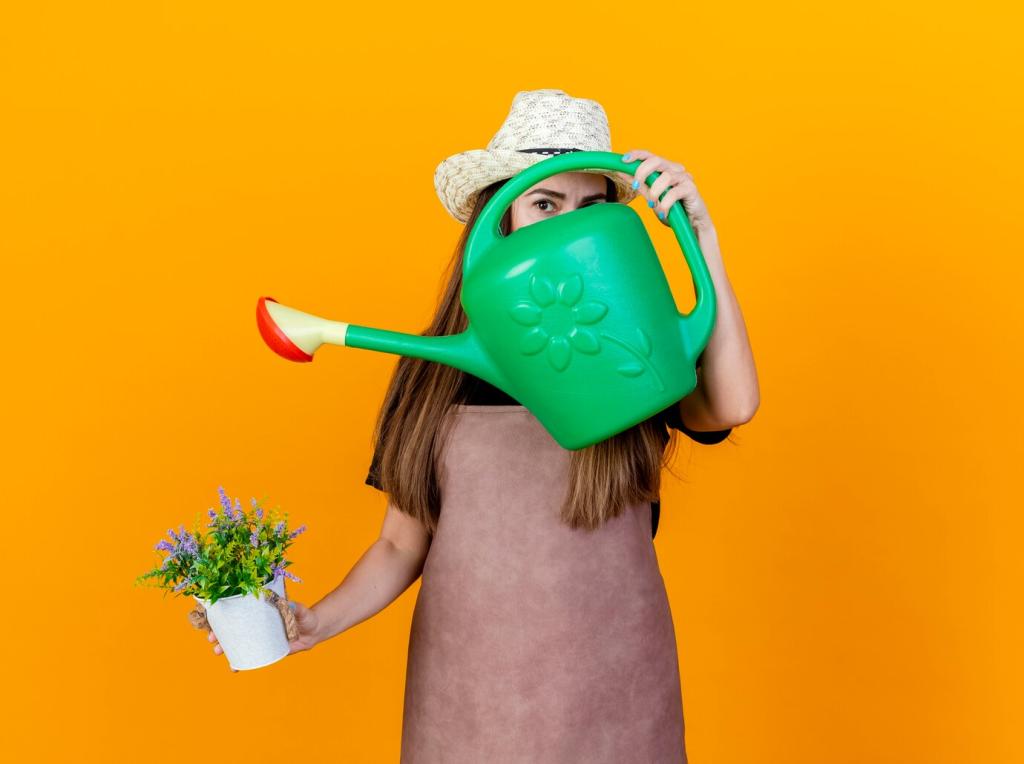
Planning Garden Placement
Where you position your indoor plants directly affects their growth and longevity. Some plants bask in sunlight near bright windows, while others prefer the filtered shade of a shelf or corner. Take time to observe your living space and note areas with adequate warmth, consistent temperature, and natural light. If you are creative with vertical arrangements or plant stands, you can maximize limited space, ensuring every plant receives the attention and environment it needs.
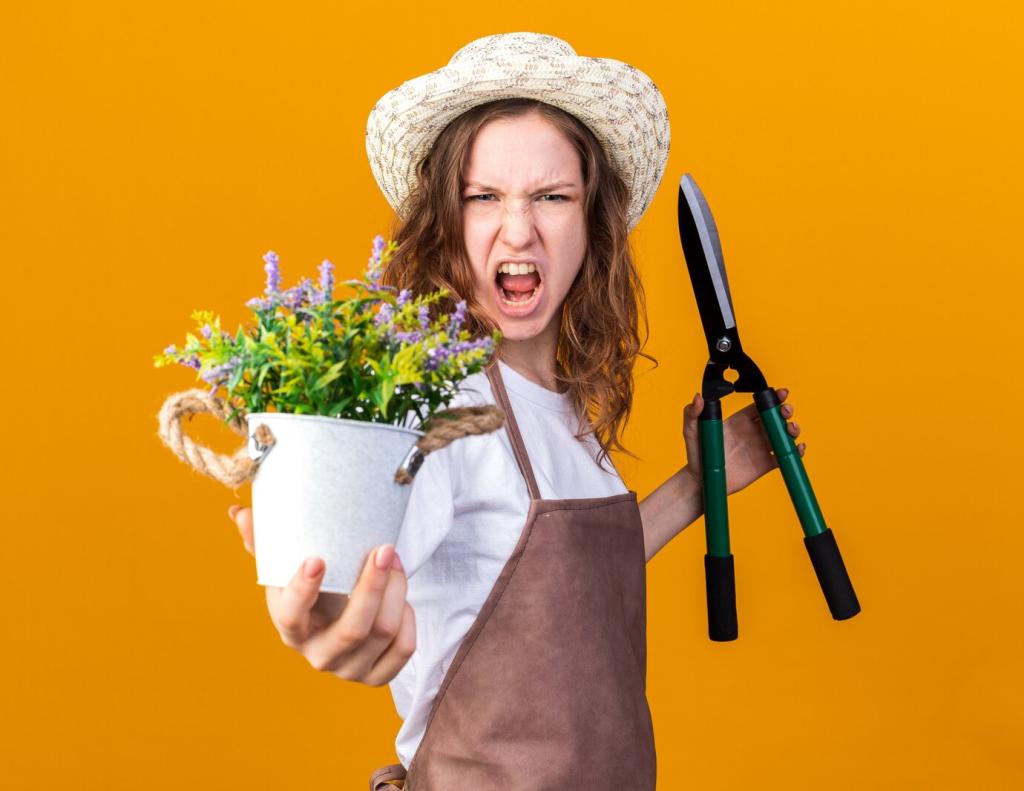
Preparing Indoor Soil
Indoor plants generally require a different soil composition compared to their outdoor counterparts. Standard garden soil can compact in pots and limit drainage, so opt for high-quality, organic potting mixes designed for containers. Some plants, like succulents, need extra sand or perlite added for better drainage, while tropical plants may benefit from rich, peat-based soils. Understanding the right soil mix for each plant fosters strong root systems, prevents disease, and simplifies care for beginner gardeners.
Mastering Watering Techniques
Different plants have unique watering requirements. To avoid overwatering—a leading cause of plant decline—it’s important to research each species’ needs. Succulents and cacti, for example, prefer drier soil with watering only every few weeks, while tropical species may need more frequent moisture. Monitoring soil dryness by touch or with a moisture meter can prevent guesswork. Recognizing the signs of thirst, such as wilting or yellowing leaves, keep your plants hydrated without putting them at risk.
Previous
Next
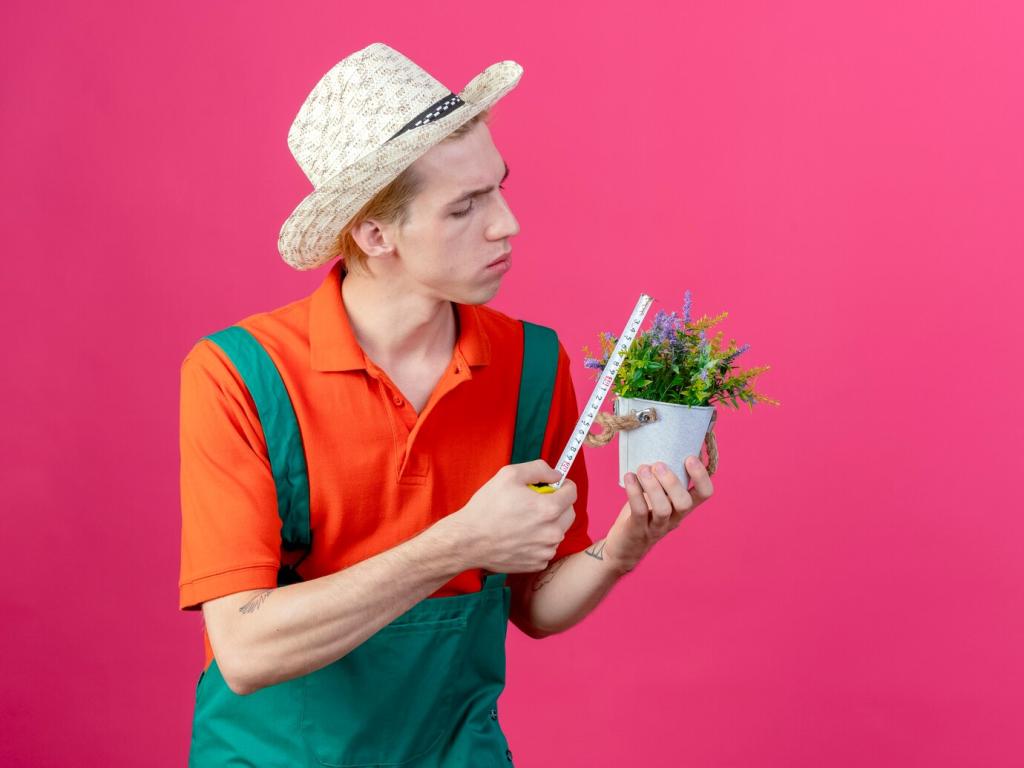
Maximizing Natural Light
Many indoor plants naturally thrive under the specific wavelengths provided by sunlight. Arranging plants close to windows, balconies, or other well-lit sites allows them to photosynthesize effectively. However, direct sunlight through glass can sometimes burn sensitive plants. Observe daily sun patterns, and if necessary, use sheer curtains to diffuse light or rotate plants regularly to ensure even growth.
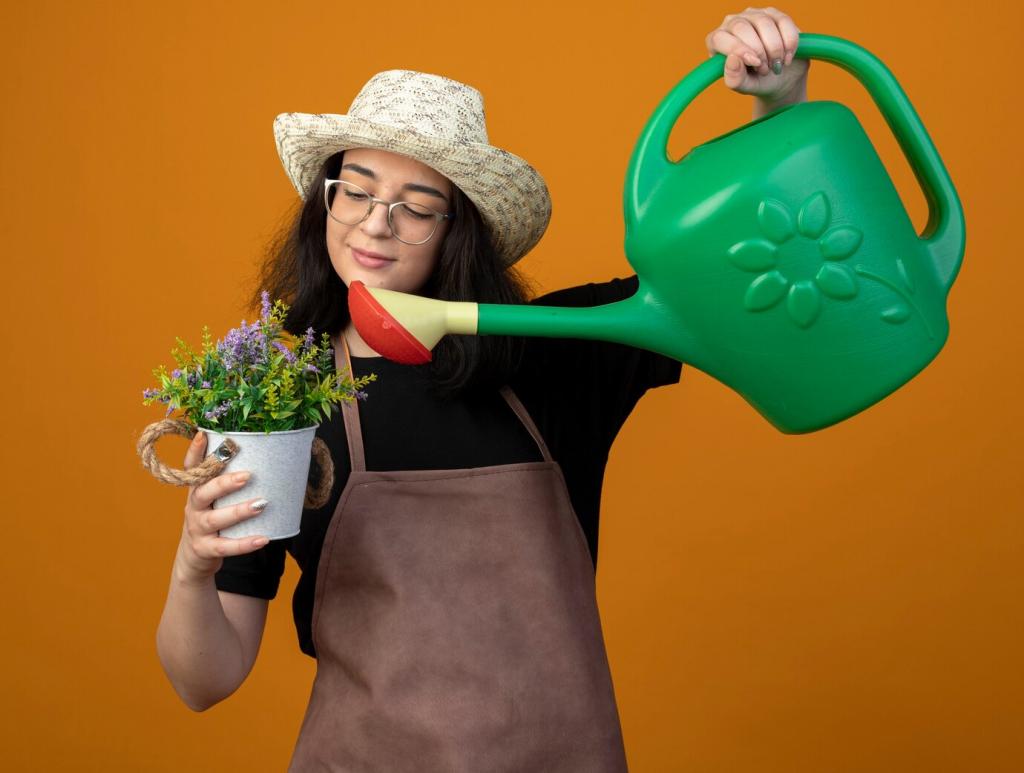
Utilizing Artificial Lighting
In homes with limited sunlight or during darker seasons, artificial grow lights become essential tools for indoor gardeners. LED grow lights offer customizable spectrums tailored to various plants and energy efficiency. Position lights close enough for effectiveness without overheating your plants. Proper use of artificial lighting helps maintain healthy, vibrant growth even when natural light is scarce, giving beginners a reliable option for year-round gardening.
Understanding Plant Nutrients
Plants rely on a core set of nutrients, including nitrogen, phosphorus, and potassium, to drive their growth, bloom, and root development. Over time, indoor potting soil can become depleted, making supplemental feeding necessary. Liquid, granular, and slow-release fertilizers each have their place. Learning about each plant’s specific nutritional needs, frequency of feeding, and signs of nutrient deficiencies can improve vitality and longevity.
Timing Your Feeding Schedule
Not all plants require constant feeding. Generally, most indoor varieties benefit from regular fertilizer during active growth periods—typically spring and summer. In the dormant months, feeding should be reduced or halted altogether to prevent over-fertilization. Tracking your plants’ cycles and observing changes in foliage and new growth can help establish a smart, effective feeding routine, leading to healthier, more vibrant plants.
Previous
Next
Supporting Healthy Growth
Pruning and Trimming
Regular pruning shapes your plants, removes dead or yellowing leaves, and stimulates new growth. Beginners may worry about harming their plants, but strategic snips with clean, sharp scissors or pruners actually invigorate many species. Focus on removing spent blooms, leggy stems, or any obviously unhealthy sections. Over time, pruning will encourage denser foliage and a tidier appearance, supporting both the plant’s well-being and your indoor aesthetics.
Repotting When Needed
As houseplants mature, their roots may outgrow their containers. Signs such as roots circling the pot’s bottom, slow growth, or water running straight through the soil suggest it’s time to repot. Carefully moving plants into slightly larger pots with fresh soil gives the root system room to expand and improves nutrient uptake. Repotting may seem daunting at first, but it’s a vital skill that boosts plant vitality and longevity, helping beginners develop confidence in their care routines.
Monitoring Plant Health
Checking your plants regularly for signs of stress, disease, pests, or general decline helps catch issues early and keeps your indoor garden thriving. Take note of changing leaf color, wilted stems, or unusual spots—these can indicate shifts in watering, lighting, or temperature needs. Keep logs or photos to track progress. Monitoring and responding to your plants’ subtle signals fosters an attentive mindset, transforming indoor gardening into a rewarding, interactive hobby.
